
Hermann Göring
The Imperial War Museum
By Roy StevensonAlthough Britain has a number of war museums, the Imperial War Museum (IWM) is acknowledged as the Holy Grail of them all—the one you must visit when in London. Read more

Hermann Göring
Although Britain has a number of war museums, the Imperial War Museum (IWM) is acknowledged as the Holy Grail of them all—the one you must visit when in London. Read more

Hermann Göring
After overrunning France and other Western European countries in 1940, Adolf Hitler was certain that the Allies would one day attempt to invade the European continent and attack through the occupied countries to destroy his regime. Read more
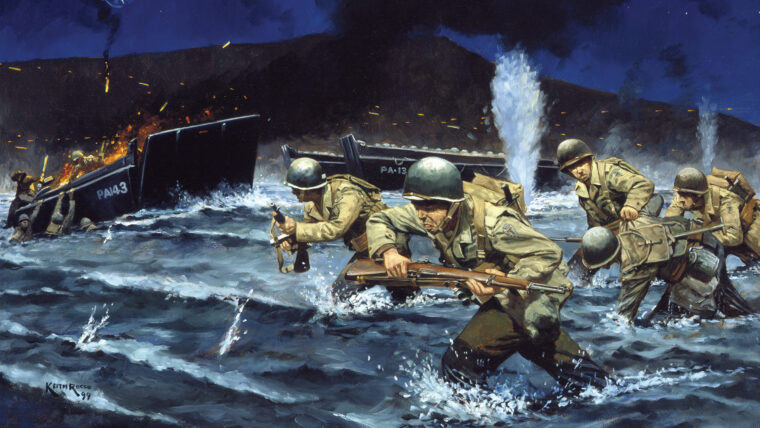
Hermann Göring
On the morning of September 13, 1943, Col. Gen. Heinrich G. von Vietinghoff, commander of the German Tenth Army, faced a difficult decision. Read more

Hermann Göring
When Hugo Broch flew his fighter for the Luftwaffe, he probably didn’t imagine he would ever find himself in the cockpit of a Supermarine Spitfire. Read more

Hermann Göring
On August 25, 1944, Larry Stevens and the rest of his Boeing B-17 Flying Fortress bomber crew completed their 35th mission over Nazi-occupied Europe. Read more
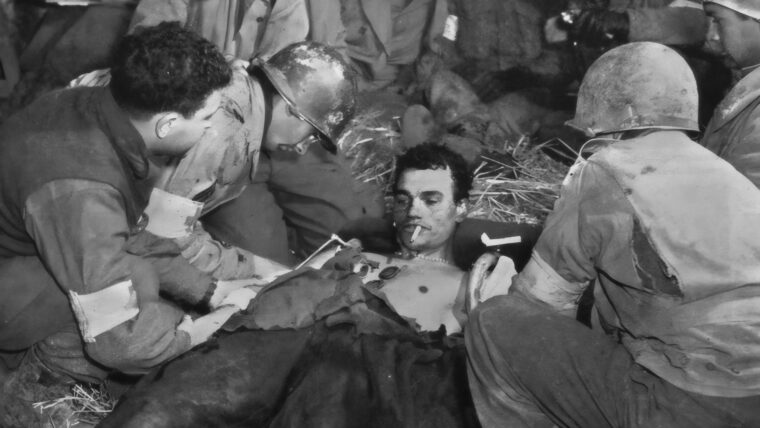
Hermann Göring
In an age before television and instant communications, Americans wanted to see what was going on in the world’s “deadliest conflict in human history,” and LIFE magazine was making a name for itself as THE war magazine during World War II. Read more

Hermann Göring
May 16, 1943, had been a sweltering spring day in England. At 9:39 pm, as the sun was dipping below the western horizon, leaving a rim of light and still good visibility, the first three of 19 Avro Lancaster bombers of No. Read more
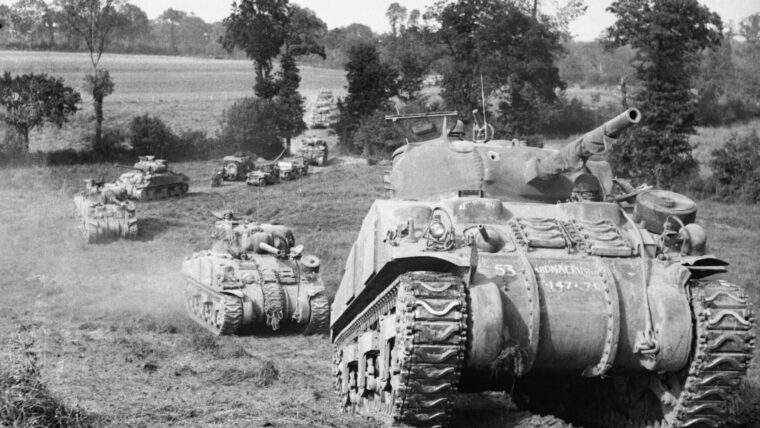
Hermann Göring
It was a letter in the London Times that caught the attention of British wartime Prime Minister Winston Churchill. Read more

Hermann Göring
After successfully fighting seasickness during the crossing of the English Channel, Lance-Corporal Ted Brooks of Number 48 (Royal Marine) Commando arrived on Nan Red Beach—which formed the left flank of Juno Beach—on the morning of June 6, 1944. Read more

Hermann Göring
The West Point Museum, located in Olmsted Hall and adjacent to the Visitor Center at the United States Military Academy, about an hour’s drive north of New York City, contains what is considered to be the oldest and largest diversified public collection of military artifacts in the Western Hemisphere. Read more

Hermann Göring
On October 18, 1944—the 131st anniversary of the Battle of the Nations’ victory over Napoleon in 1813—Reichsführer-SS (National Leader) Heinrich Himmler stepped up to a microphone to make a national radio address announcing the formation of the Nazi Party-controlled Volkssturm, or People’s Militia. Read more

Hermann Göring
On the surface it may seem odd that men of conquered nations would eagerly sign up to fight for their masters, but that is exactly what happened in Scandinavia in the 1940s. Read more

Hermann Göring
Operation Bagration, the largest operation of World War II, has never been adequately acknowledged in the West to the same extent as a number of smaller campaigns. Read more
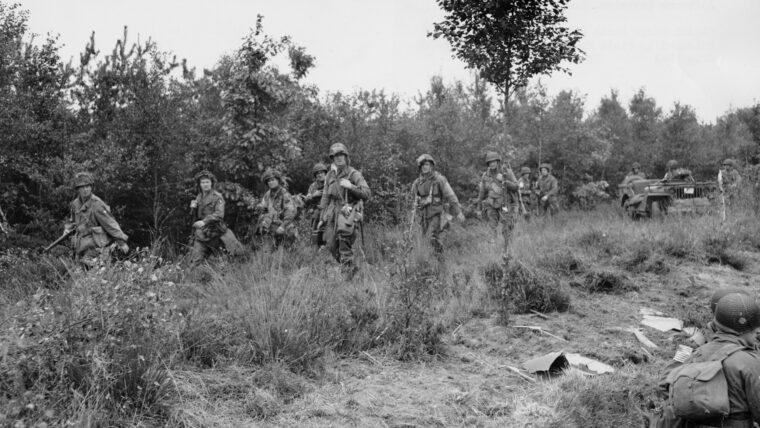
Hermann Göring
On the veranda of his temporary headquarters in a Dutch country house outside Veghel, Holland, renowned Luftwaffe General Kurt Student played lunch host to an old comrade, the chief of staff of the German Seventh Army. Read more

Hermann Göring
On the evening of May 23, 1945, in the northern German state of Schleswig-Holstein, five men in a British Army jeep were driving down a dark road. Read more
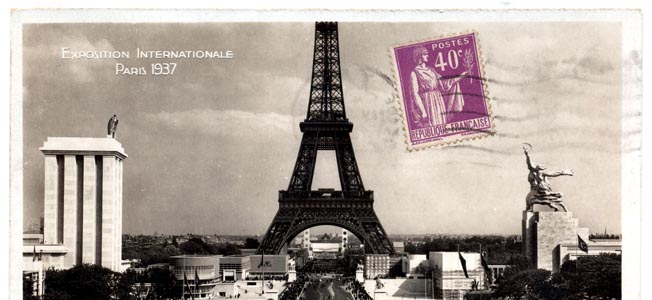
Hermann Göring
The 1937 Paris International Exposition once again centered world attention on the French capital that had previously been the stage for five world’s fairs, including the famous 1889 Paris Exhibition and the raison d’être for the construction of the Eiffel Tower, at 984 feet then the tallest structure in the world. Read more

Hermann Göring
The Eighth Air Force—the “Mighty Eighth”—became the stuff of U.S. Air Force legend when its fleets of unprotected Boeing B-17 “Flying Fortress” heavy bombers flew massive air raids against the heavily guarded German industrial heartland during the period between the end of January through the middle of October 1943. Read more

Hermann Göring
“The big day came and we moved off to our positions. Shortly a huge bombing raid commenced on the town of Wesel, followed by an artillery barrage which virtually shook the very ground under us. Read more

Hermann Göring
The American Infantry’s illustrious history, which is older than that of the country, comes alive in an impressive, $100,000,000, 190,000-square-foot museum located just outside Fort Benning, Georgia. Read more

Hermann Göring
On October 6, 1943, Dr. Albert Speer, Reich minister of armaments and war production for the Third Reich, gave a 50-minute address to the assembled top officials of Nazi Germany at Posen Castle in occupied Poland’s Reich Gau (Region) of Wartheland on the critical state of World War II at that point. Read more